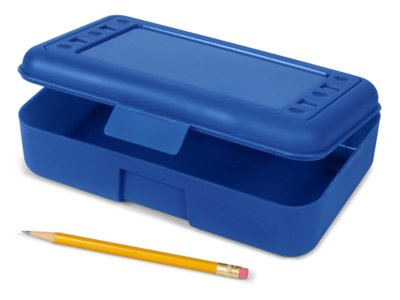Top 35 Adaptive School Supplies for Kids with Disabilities
Tools to support low vision
We've put together a helpful list of adaptive supplies to support kids with low vision and CVI at school. For more information, read our articles Low Vision and Blindness 101, Cerebral/Cortical Visual Impairment (CVI) 101, Tech, Equipment, Apps, and More for Low Vision and Blindness, and Orientation and Mobility (O&M) 101.

- These glue sticks with blue glue color for visual contrast dry clear. As a bonus, the wide base makes it easier to stand on a desk.

- Add high-contrast, large-print keyboard stickers to help a student with low vision as they're learning to type.

- Magnification devices help students see things more clearly by enlarging text and images. Handheld magnifications are easy to carry and simple to use on the go. Stand magnifiers sit directly on top of reading material and often come with built-in lights for added clarity. They’re hands-free, which makes them especially helpful for longer reading sessions or completing assignments. Dome magnifiers are clear domes that glide right over a flat surface to magnify text underneath. Bioptic magnification glasses help students with low vision see more clearly by magnifying text and details.

- Stands or mounts like a ModularHose can hold iPads or materials in the right visual field.

- An All-In-One Board, a multi-platform, easily-adjustable board that can be used in the classroom for learning activities with students of all ages. You can even mount an iPad on it.
Tools to support fine motor development
We've gathered the top adaptive tools for all things fine motor development. If your child has orthopedic impairment and you’re just starting this journey, head to our articles Orthopedic Impairment (OI) 101 and Tech, Equipment, Accommodations, and More for Orthopedic Impairment (OI).

- Click-top markers make it easier to start coloring than pens with caps.
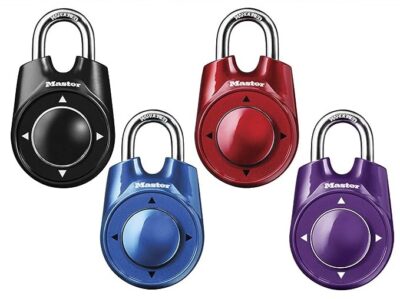
- A directional locker lock or key-style lock may be easier to use for middle school and high school students working on fine motor skills. You can also ask that using a lock be added as an occupational therapy goal in your child’s IEP.
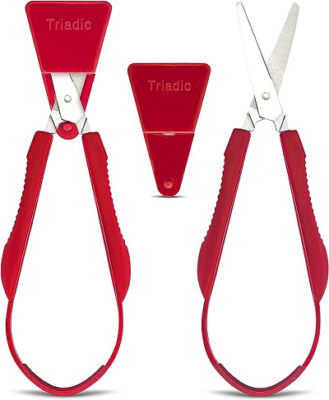
- Easy-grip scissors work well for classroom activities and occupational therapy, and they come with a cover to support blade safety. Both right-handed and left-handed kids can use these.
- An easy-open pencil case without a zipper lets more kids access writing tools.

- Stock up on pencil grippers so that your child will have some at school and at home. The Grotto grip is another style your child might find useful.
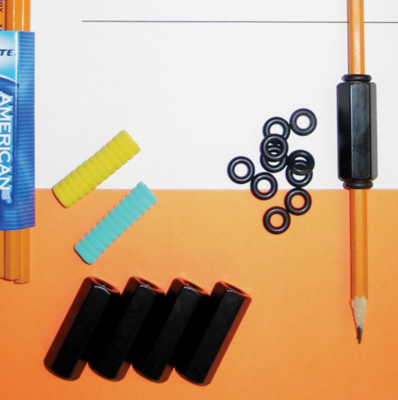
- A weight pencil set can provide proprioceptive and tactile input for kids to support their handwriting.

- For older kids, you may want to try a weighted mechanical pencil set. Undivided parent Jennifer says, "My son has been using this pencil and the weighted pen made by the same company for a few years now. We prefer it over using both a grip and a weight — it’s much easier for him to manipulate and hold, and no need to move a sticky grip to sharpen the pencil!"

- Notebook paper with raised lines provides both sight and touch input for writing. Undivided parent Kelly also recommends notebook paper with darkened lines as well as the sky/ground paper that a lot of OTs use.
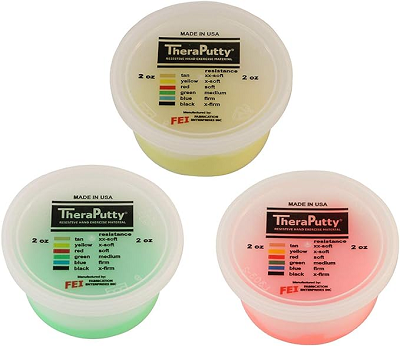
- Theraputty is useful for hand warm-ups prior to writing.
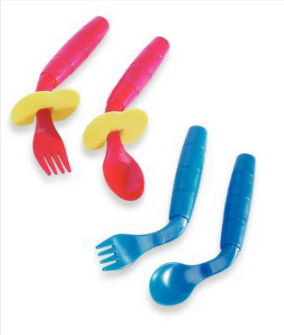
- If needed, pack your kid's lunch or snack bag with adaptive flatware like EasieEaters Curved Utensils.

- The functionalhand™ is a versatile assistive technology tool designed to help individuals of all ages independently grasp and hold objects, such as pencils and markers.
Tools for sensory input
There are a lot of tools that can help kids with sensory challenges. We've gathered our top picks, but for more information, head to our article Sensory Processing Disorder and Sensory Diets.
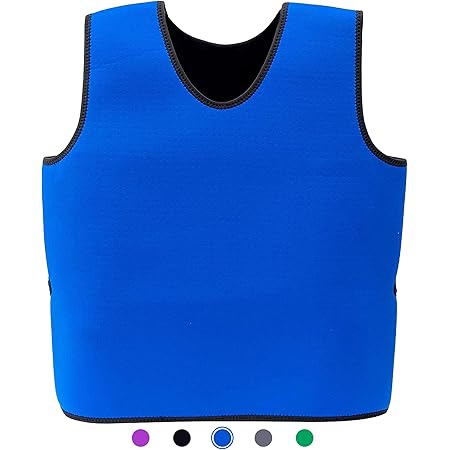
- A compression sensory vest can be worn under or over clothing to provide therapeutic pressure for students with sensory processing difficulties.
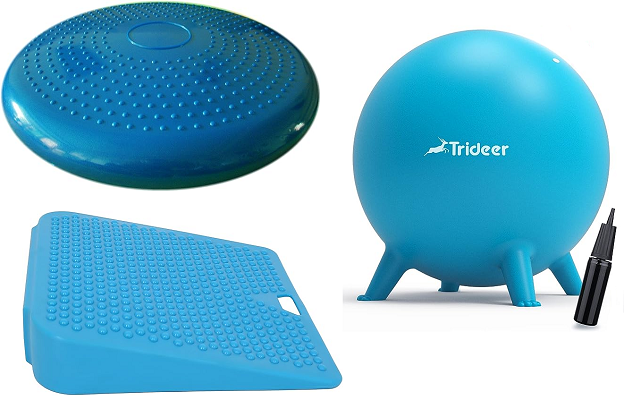
- Flexible seating in the form of a wobble cushion, yoga ball chair, or chair wedge can provide sensory input and help kids focus.
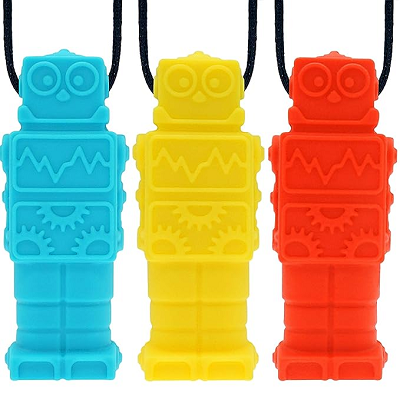
- Sensory objects like chewy necklaces and pencil tops can provide oral stimulation for kids who need it. Undivided parent Meg says she loves Chewbeads: "We have loved these, had them for years and years, and they are still holding up. It is marketed for teething, but they make a junior brand that we used because they have some cool necklace designs for all kiddos." .
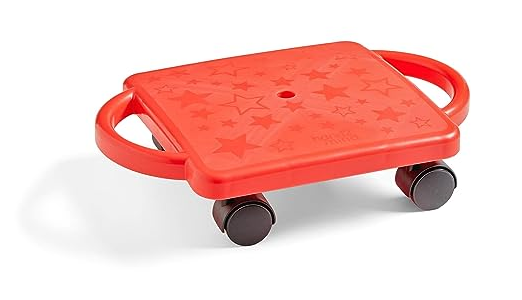
- For PE and movement breaks, a scooter board can help kids get the wiggles out.
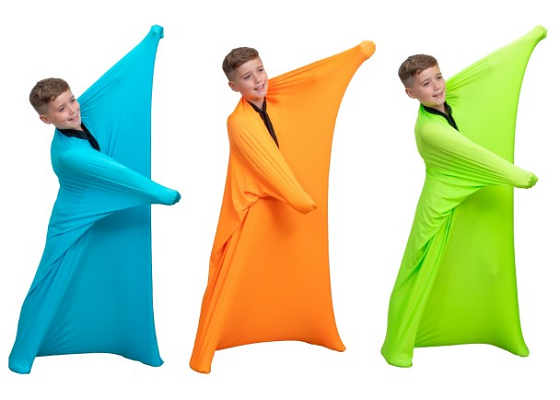
- Have you heard of a body sock? It can can be a great tool for deep pressure.
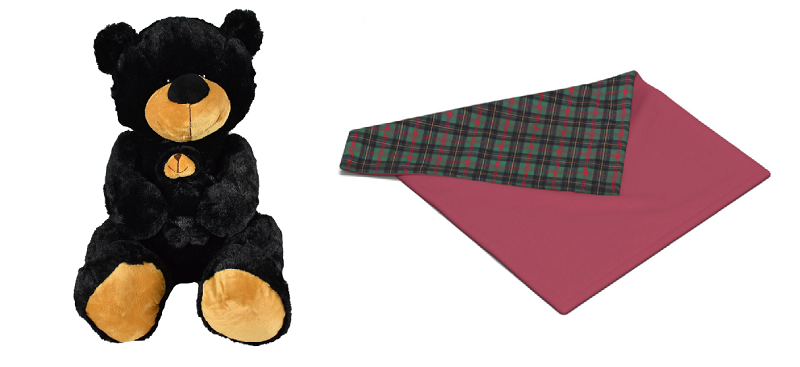
- Weighted blankets aren't the only items that can help with sensory input. You can also check out weighted lap pads, neck wraps, and stuffed animals. Southpaw resistance tools, vests, weighted toys, wraps and shawls provide plenty of options.
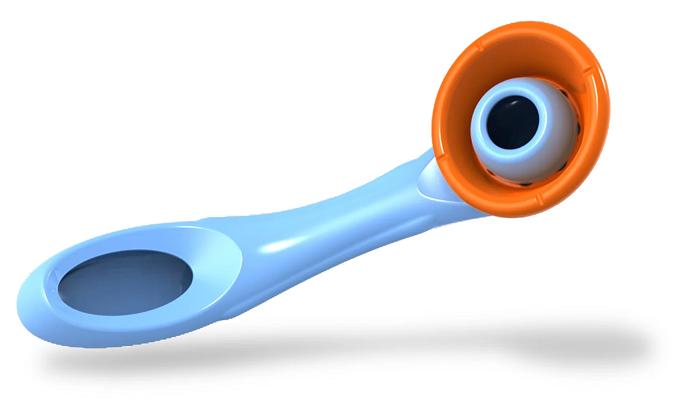
- Undivided parent Meg says, "The whisper phone has been a game changer for my son. His speech therapist recommended it for helping him with his ongoing verbal stims in class, he talks out loud during class and reads his books out loud, too. We tried ABA, reward system, everything, nothing helped him inhibit. This allows him to still do his verbal stims but into the whisper phone — it echoes back in your ear, so you can learn to whisper your verbal stims while still being able to hear them loudly through the phone’s feedback. The goal is to eventually move from whispering to doing those verbal stims in mind, not out loud. We use PVC pipe because his school has tons of them in different sizes that they made."

- Bouncy Bands use heavy-duty solid rubber bungee cord that can be attached to a desk, allowing kids to move their legs, strength, and more.

- Sensory tactile bookmarks that serve as a bookmark but also have different textured sections for different levels of tactile input.

- The Spike Silicone Fidget Tactile Pencil Gripper is a great sensory tool that combines a pencil grip with fidget functionality.
Tools to support executive function
Students with ADHD, autism, and other learning disabilities who experience executive functioning challenges may have difficulty navigating tasks and assignments, retaining information shared during a lesson, and effectively managing their time while completing independent work. Here are out tips tools. For more information, head to our article Executive Functioning 101.
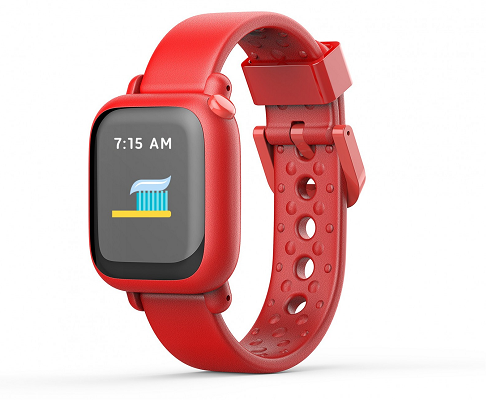
- The Octopus Watch empowers kids by teaching good habits and the concept of time. You can program it to add gentle vibrations when a reminder pops up. The Dirrelo Smart Watch is another option. Undivided parent Carrie says, "I connected a Google Calendar account to it so he gets reminders about his schedule and he can see text messages we send him."

- Visual schedule and task apps such as Choiceworks or Time Timer can support executive function and transitions.

- Color-coded folders to keep children organized by subject.
Tools for academic support
For general academic support, here are our top picks. If you need more help with a child with a learning disability, head to our articles Specific Learning Disabilities (SLD) 101 and Top Tech, Apps, and More for Specific Learning Disabilities.
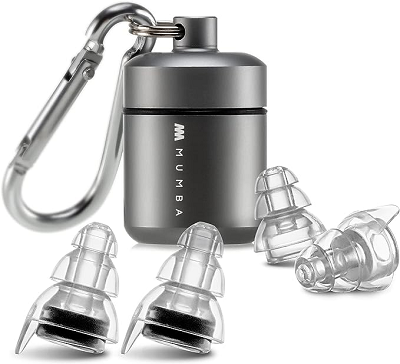
- Ear plugs can help with noise reduction at school. Undivided parent Meg says, "These are less cumbersome than the big headphones typically provided by school. My son’s OT/speech team recommended these types of earplugs used by musicians that reduce sounds but he can still hear. It's been a great win-win for him — he can feel emotionally more secure having access to earplugs he keeps in his pocket, and sounds are reduced but he can still hear teachers and friends." Undivided parent Gabi says, "My older daughter likes the Loop earplugs. They muffle the background noise for her just slightly." Parent Donna agrees: "My son has some too! It helps him focus."

- Purchase some spacemen or make your own out of clothespins to help with proper word spacing.
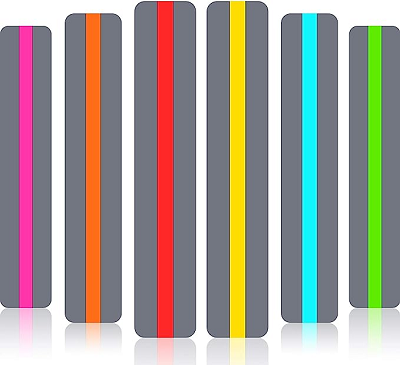
- Guided reading strips block out one sentence at a time as an aid for students with dyslexia and other specific learning disabilities.

- A mini dry erase board or chalkboard has a wide variety of uses in the classroom to support academics and therapeutic services.
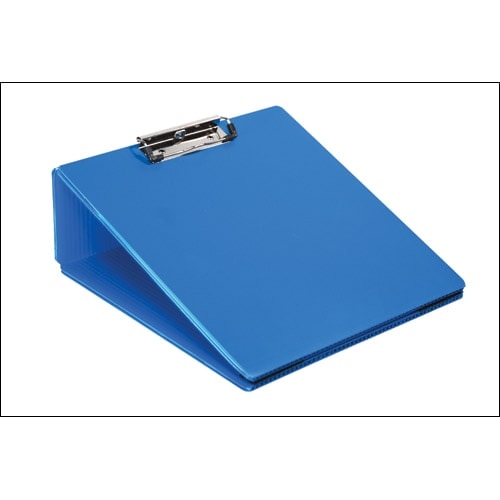
- A tilted surface/slant board can help support writing.

- A finger spacer helps students master proper spacing in their handwriting.
Other tips from parents
Undivided parent Leslie says, "Enabling Devices is a gem, and many school districts contract with them for low-incidence equipment so it is an easy pathway if items are in an IEP. They have the most ingenious switches and sensory products. Also, the beginning of the year is also a great time to check items used at school and in transport to school for signs of fraying or other wear-and-tear. Straps, buckles, Velcro closures, anything that has a foam insert (is a new insert needed?). Safety and comfort are primo!"
Undivided parent Lindsay says, "Don’t forget to pack an extra of everything your child might lose or need to change like a change of clothes, extra glasses cord, extra hearing aid batteries, etc.!"
Undivided parent Lisa says, "I send a wet bag with a change of clothes inside and an extra wet bag. That way if clothes get wet or dirty, they can be contained in the wetbag."
Request an Individualized Education Program (IEP) meeting
Join for free
Save your favorite resources and access a custom Roadmap.
Get StartedAuthor



